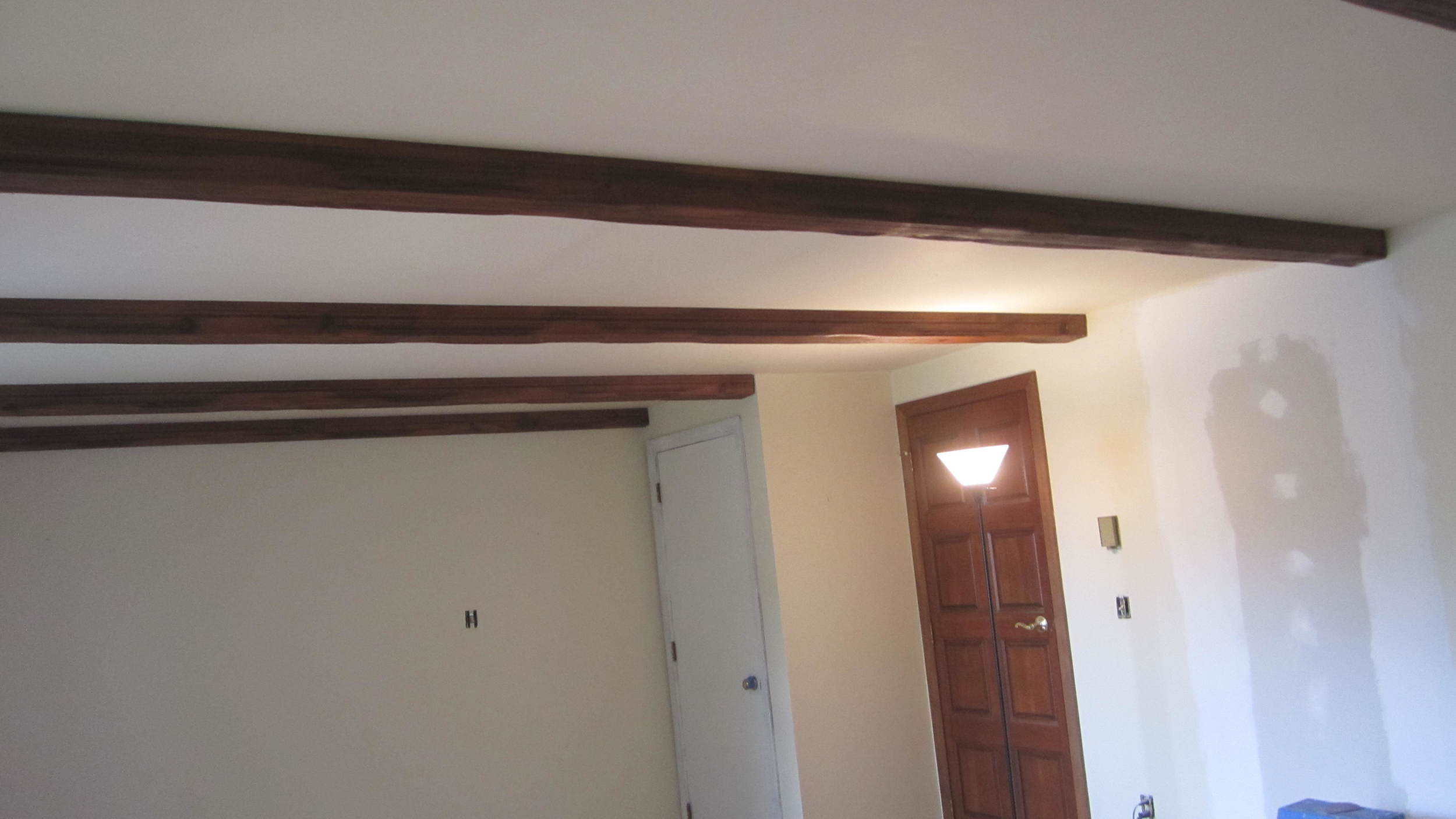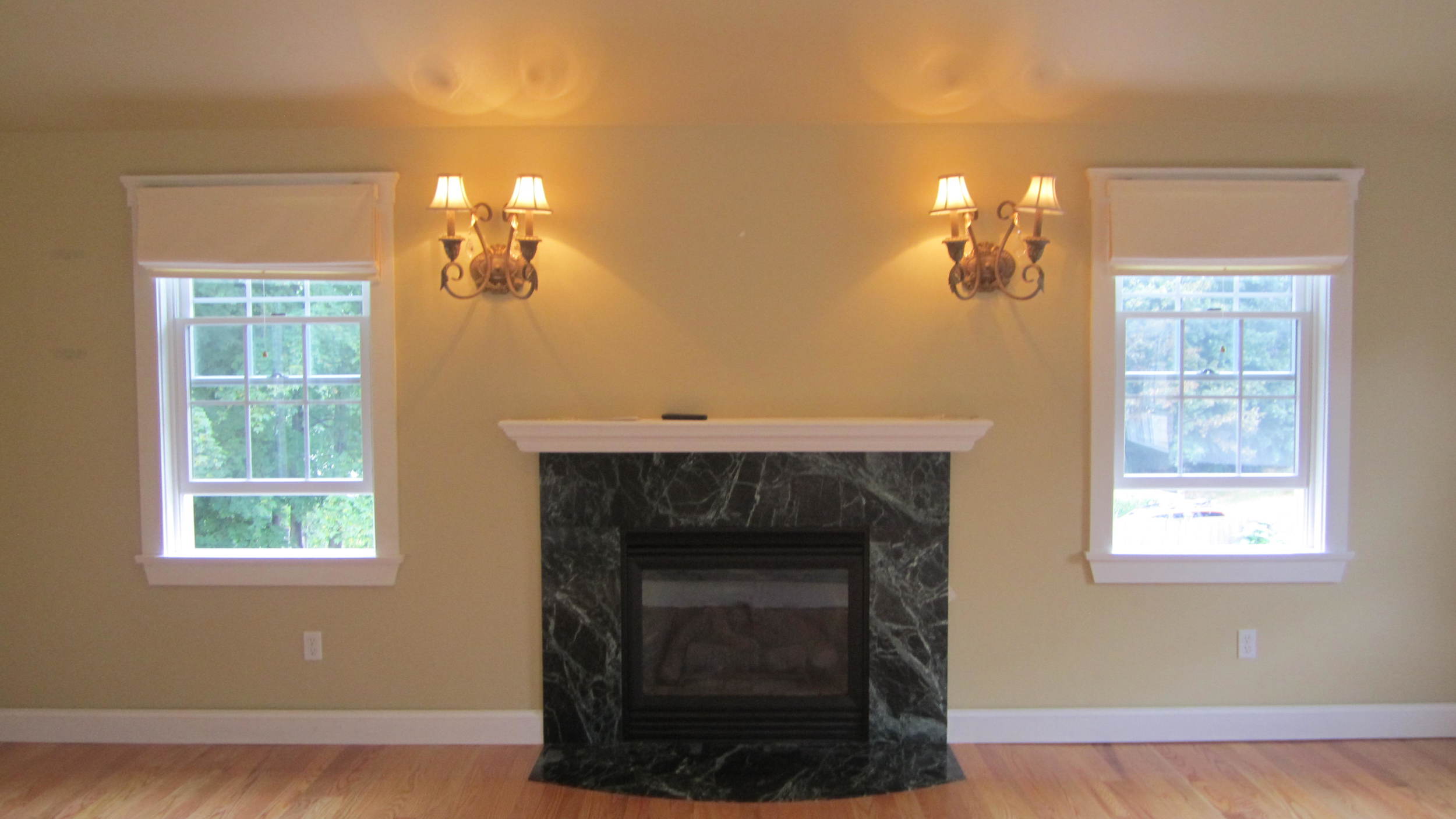Greetings,
This is my first entry for my "Pete the Painter's Ramblings." The intent of the blog will be to inform readers on topics dealing with the painting profession.
Why Sand? More than once I have had customers that were surprised when I told them that it is necessary to sand before putting on a fresh coat of paint. And, they have told me that when they did the painting themselves in the past that they did not sand. Big Mistake!
The purpose is sanding is to create a rough surface for the new layer of paint to adhere. You may notice when you have your house painted that the painter will not sand before he puts on second coat of paint. On the surface this seems to make little sense. Why sand the the old paint and not the layer which the final coat will rest. The reasoning has to do with the curing of paint.
Most paint manufacturers recommend to wait somewhere between two and four hours before applying a second coat of paint. Despite being able to apply a second coat on the first coat, the first coat if far from fully curing.
Have you ever had the problem of taking off an electrical plate off of a wall and have the paint under it come off with the plate. Very annoying. The reason this occurred is because whoever placed the plate on the wall had not waited long enough. It takes almost one month for most paints to fully dry . I always tell my customers to wait a week before they put anything back on the walls and to do not use any harsh abrasives on the paint for one month.
This brings me back to why a painter will sand an old coat of paint and not between coats of the fresh paint. When you hire a painter, the paint that is already on the walls and trim has been there for a very long time, and is very hard. Therefore is should (must) be sanded. If it is not sanded the new coat will hot adhere properly. However, the first coat of fresh paint is still soft and malleable, and can accept a second coat without affecting the integrity of the second coat.
Of Coarse there are always exceptions to the rules.
by: Peter Martin (Pete the Painter)













